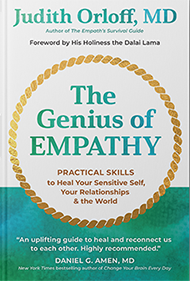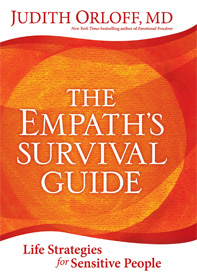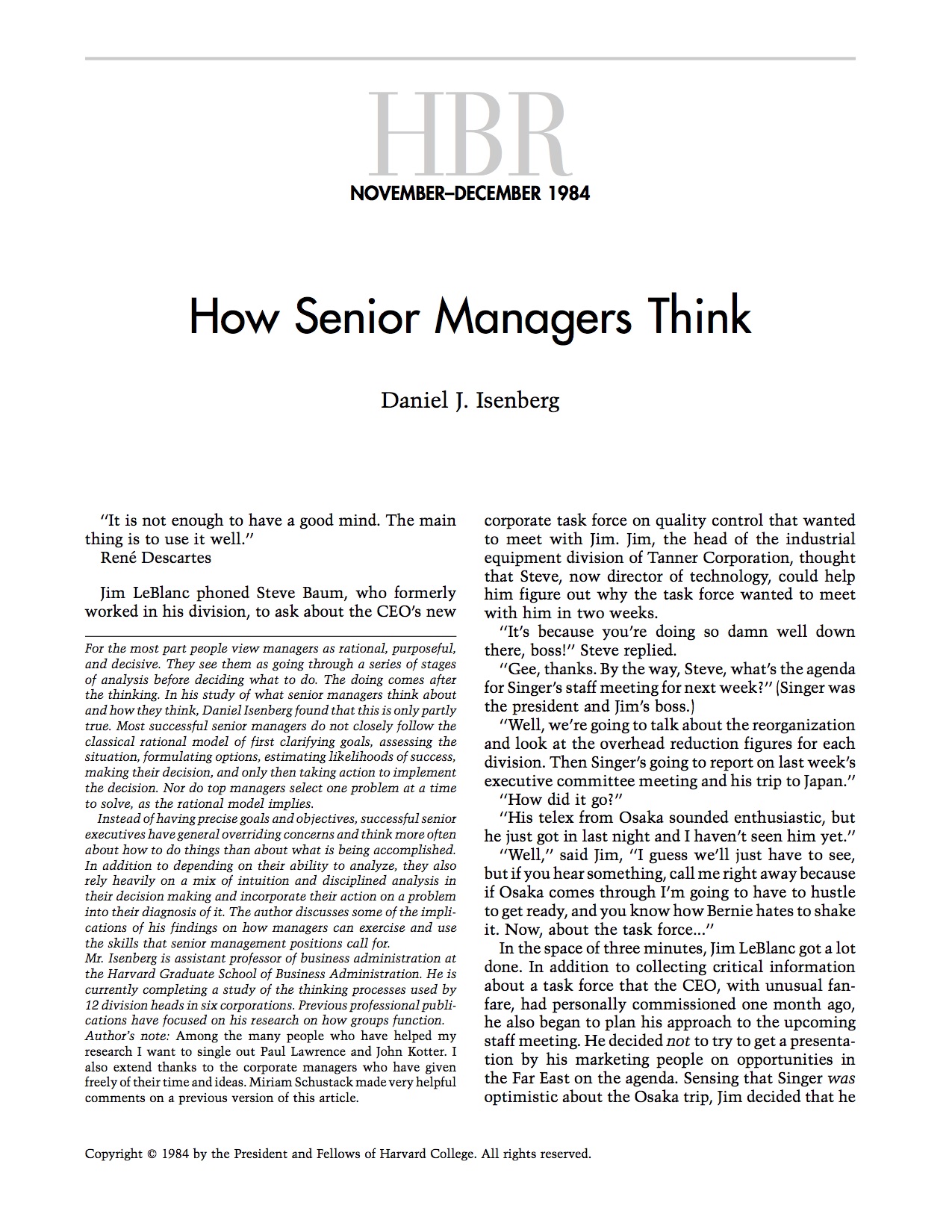
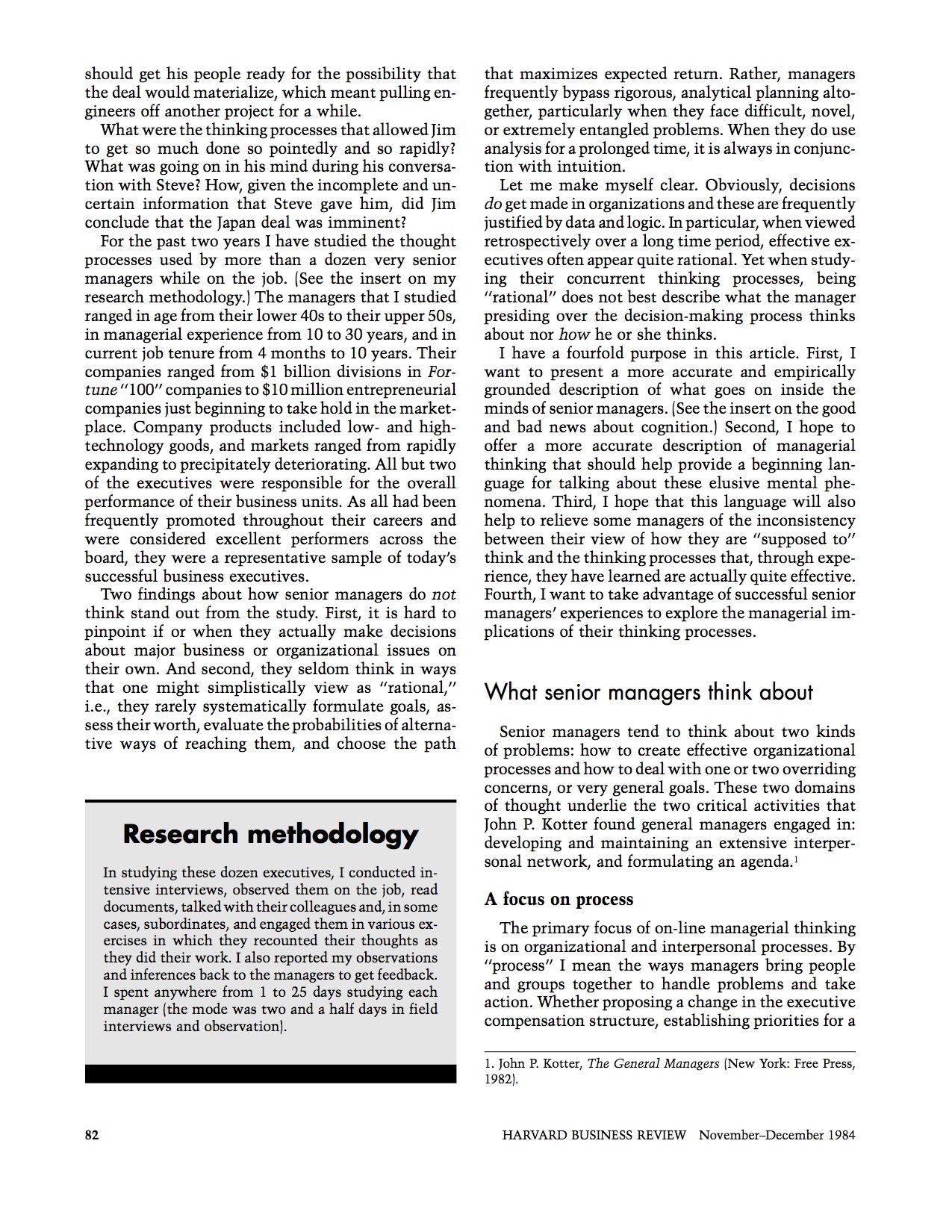

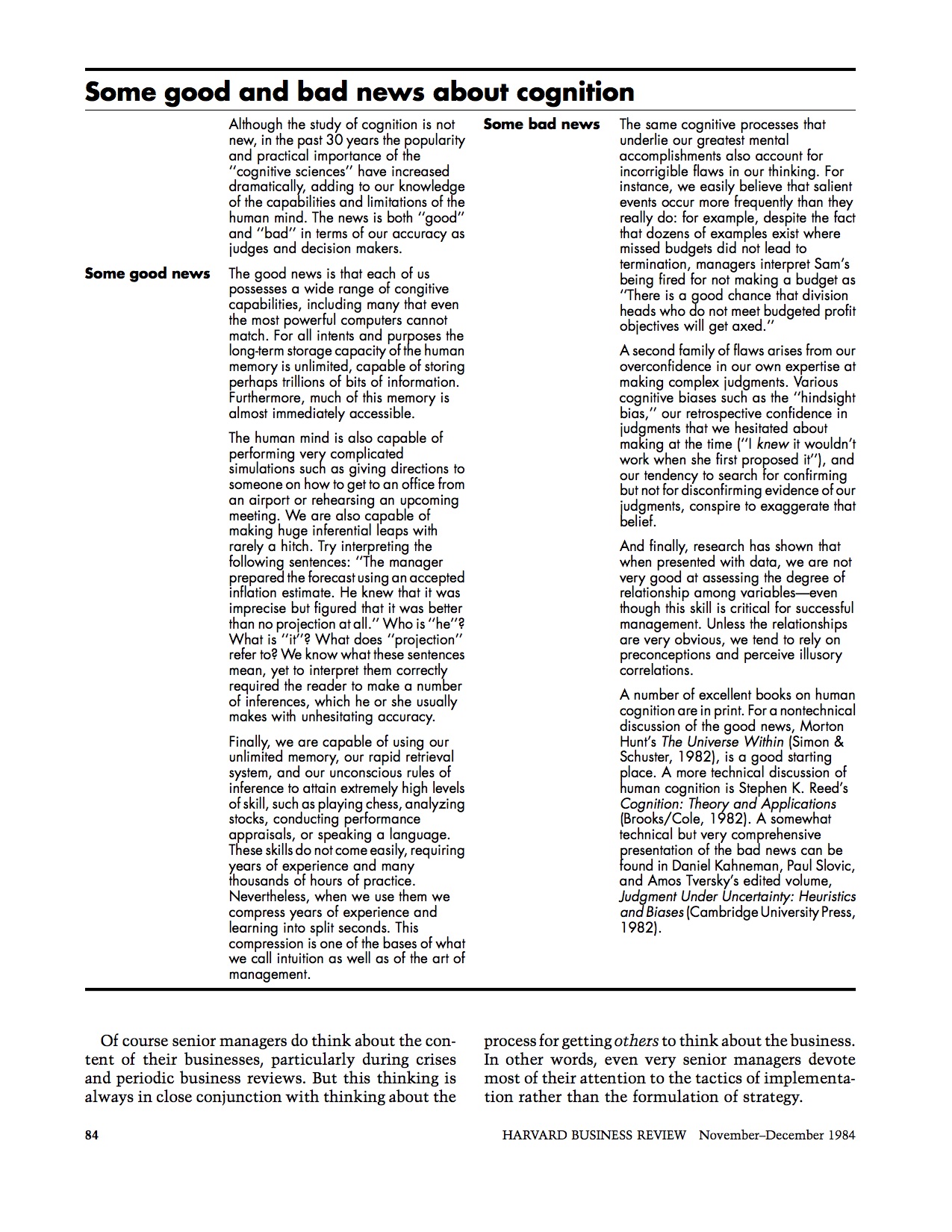
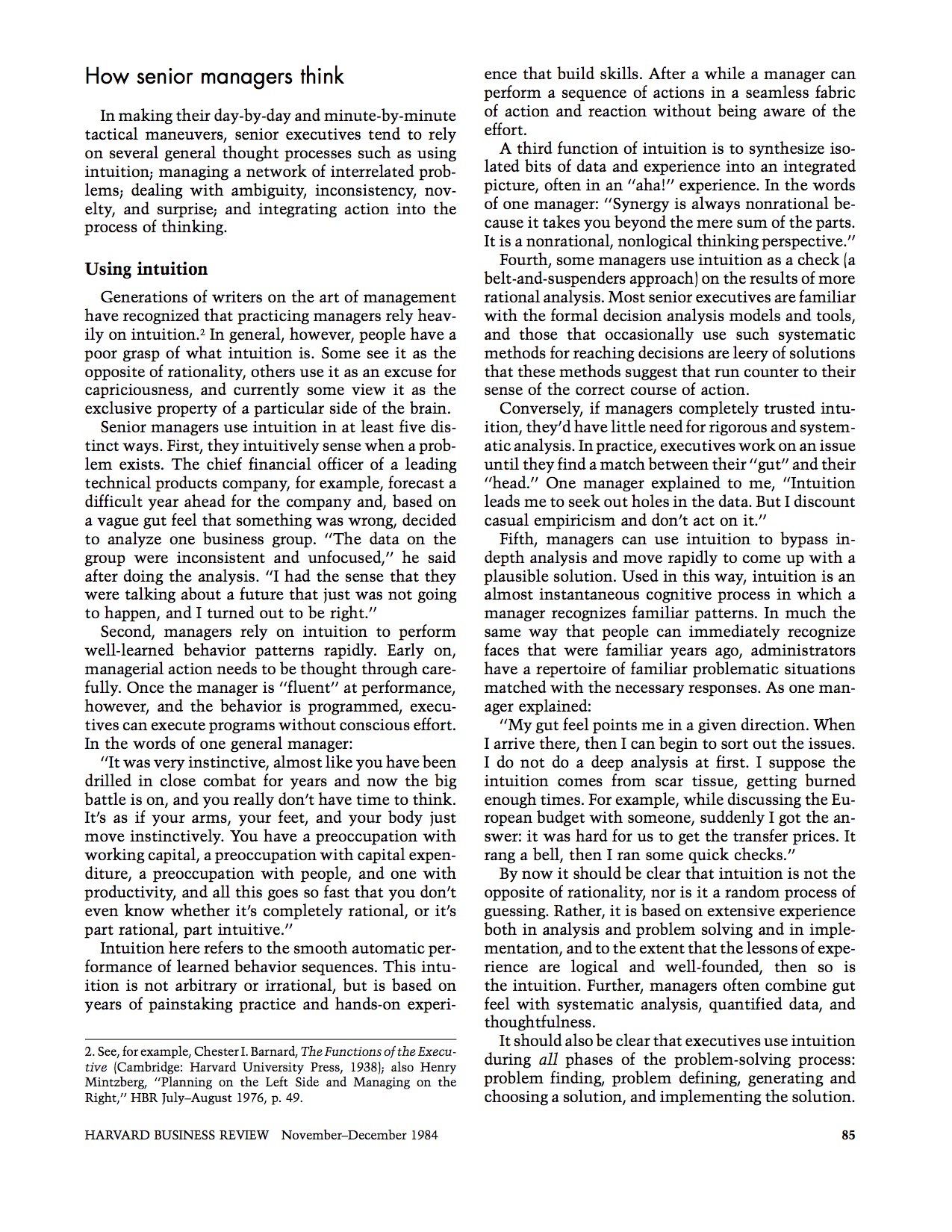
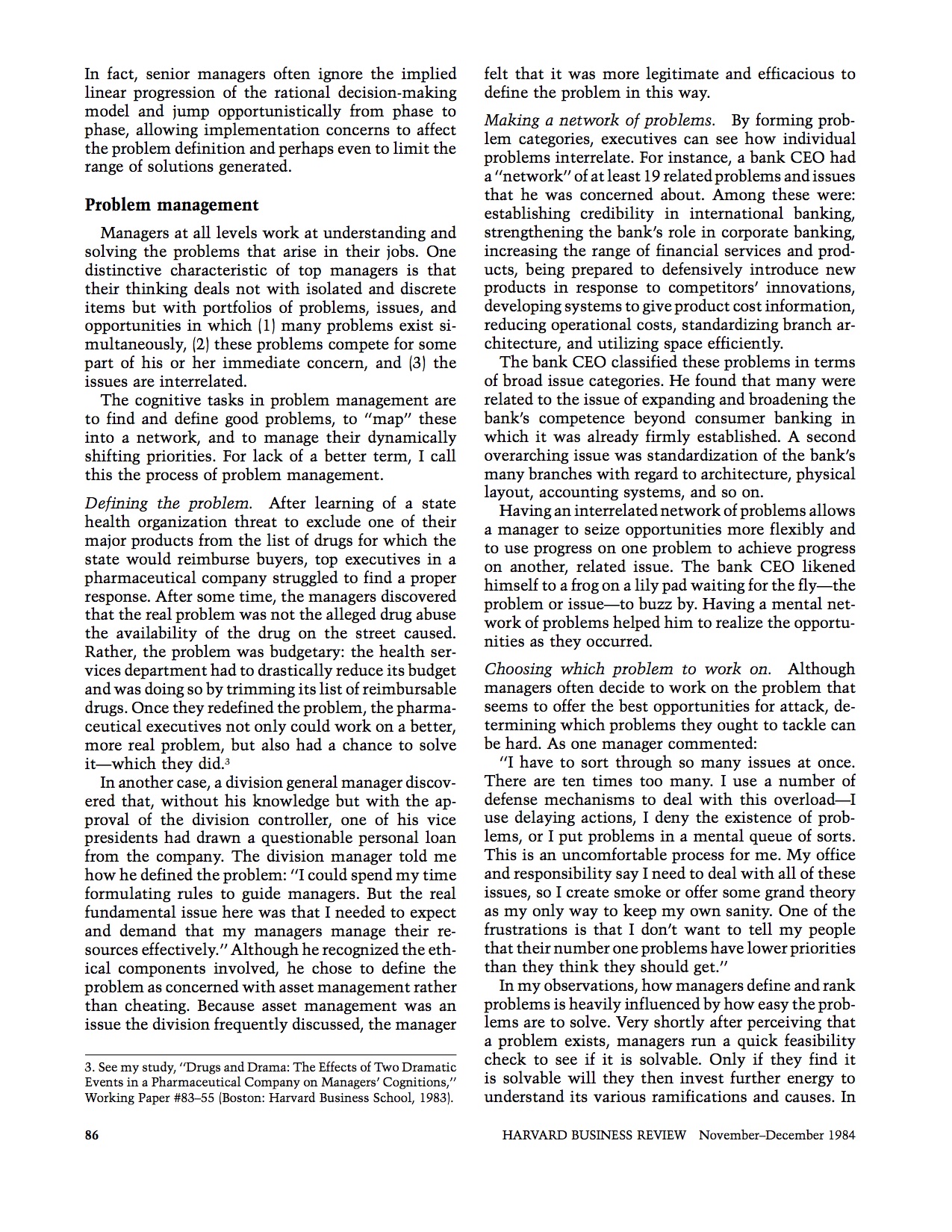

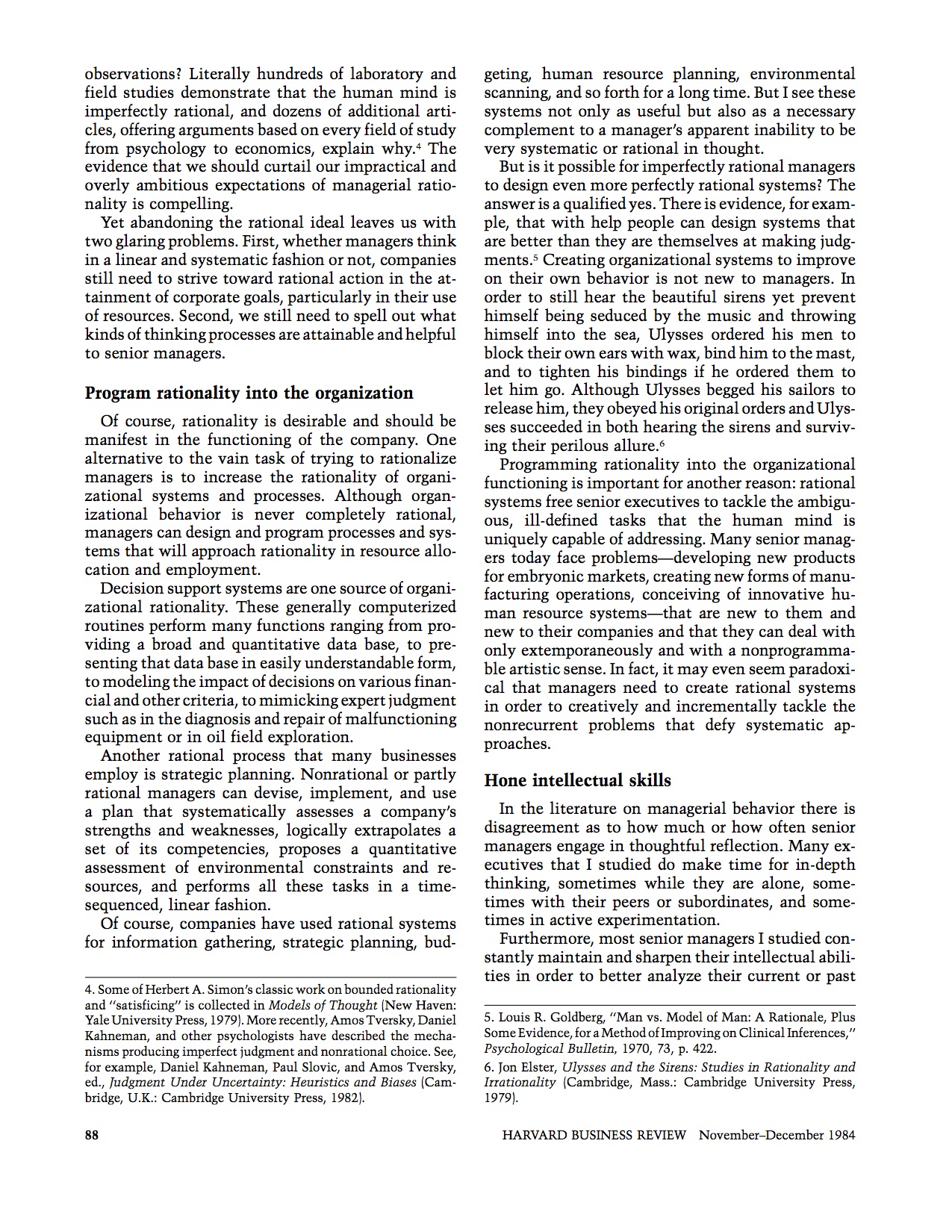
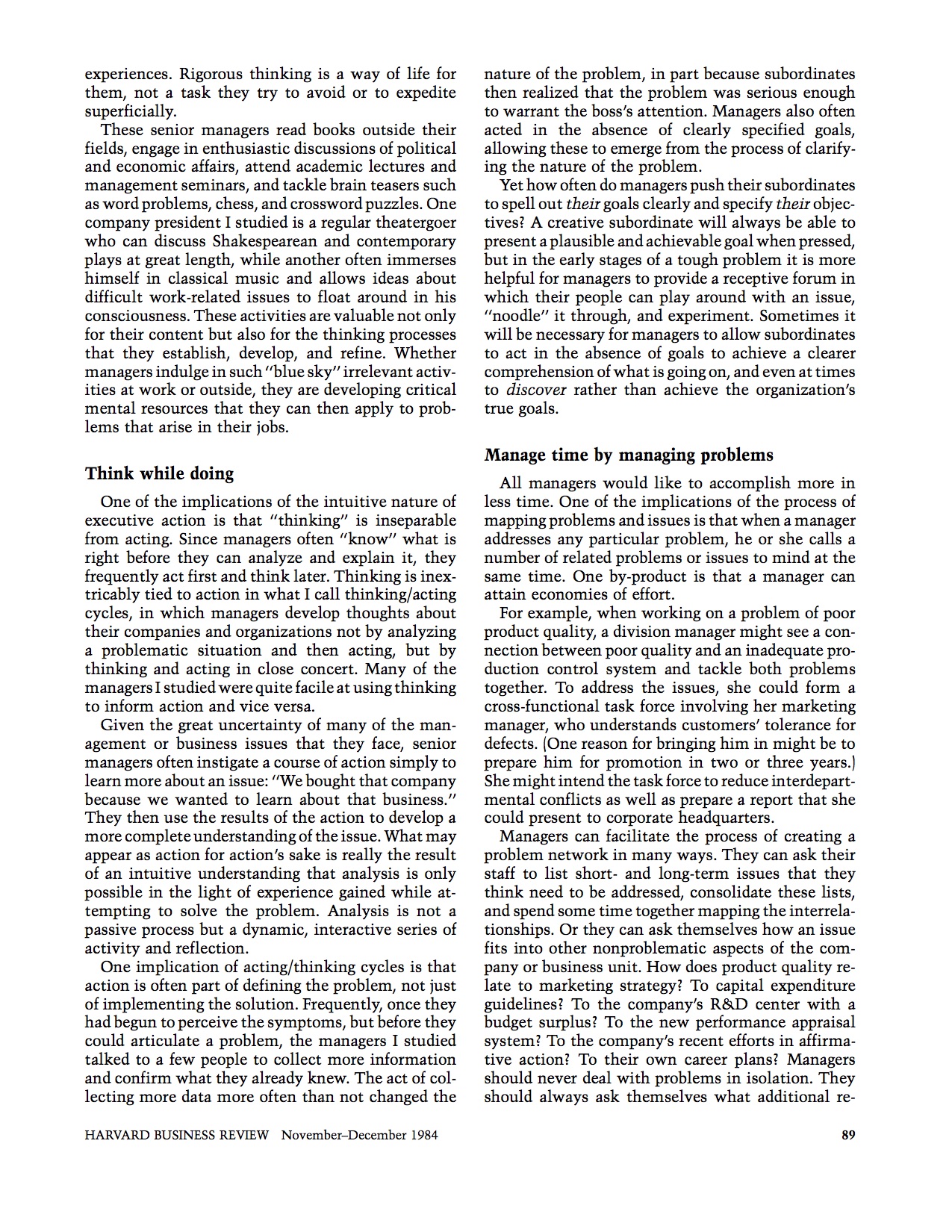

Excerpt from The Empath’s Survival Guide: The Science of Intuition
As a psychiatrist who uses intuition, I am fascinated by how the the science of intuition works.
Most people are only intuitively tuned into a narrow bandwidth of frequencies in the everyday material or “real world.” Their ability to “see” is limited to linear time. But don’t mistake the material plane for the only reality. Once your sensitivities can reach beyond it, you will enter a playground of subtler energies and fascinating “non-local” realms (a term used by consciousness researchers) which defy the laws of physics.
In my book The Empath’s Survival Guide I discuss what I call intuitive empaths. They differ from highly sensitive people in the area of intuition. Though both have a heightened awareness of touch, smell, sound, and light, intuitive empaths can sense beyond what’s usual to contact extraordinary knowledge. They know things that other people don’t. Their channels are wide open. They may have visions that predict the future or they are able to communicate with animals, nature, plants, even spirit guides. Some are powerful dreamers who receive guidance in their dreams. Intuitive empaths can access the mysterious, “non-local” aspects of human consciousness that mainstream science doesn’t yet understand, perhaps because they aren’t as guarded as others. Being so open can feel both exciting and scary.
I’ve experienced the fears and rewards of manifesting this ability. In my psychiatric practice, it serves me because I have greater insight into my patients, allowing me to quickly “read” people and other aspects of my environment. I am also a passionate dreamer and follow the directions of my dreams to guide my life. In addition, I am deeply nurtured by communing with nature and the elements: air, fire, water, and earth. I can appreciate their beauty by observing it, but I can also feel each element’s aliveness and passion in my body, which is exhilarating.
